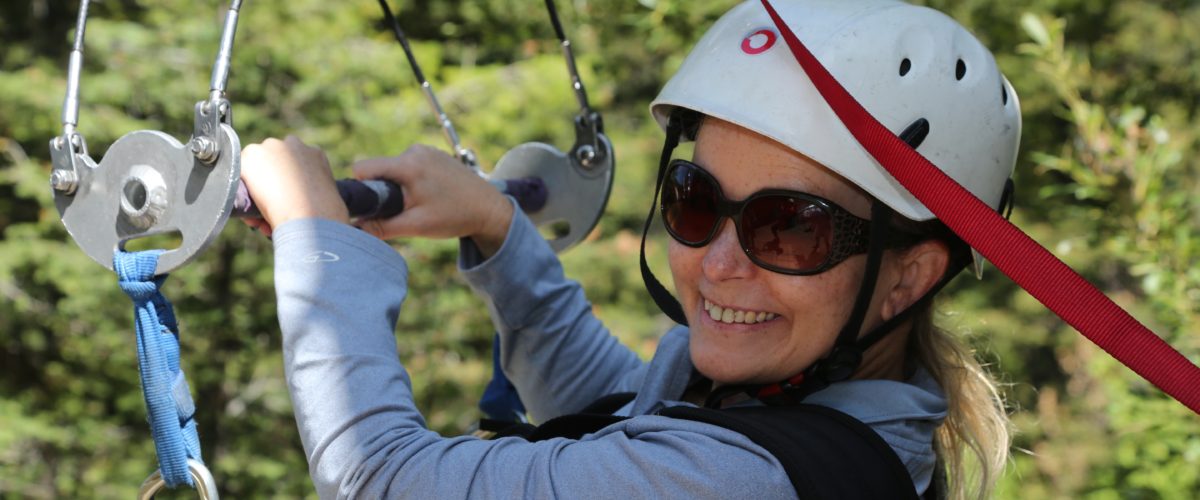I love games. I always have. Even as an adult, I still play word games every morning before I get ready for work: crossword puzzles, word searches, Wordle, Spelling Bee, and Connections. I enjoy the sense of accomplishment when I’m able to solve the puzzles. I like having a streak of wins, and I feel like it’s an important part of my routine. And it’s fun.
So I decided to bring that element of fun into my classroom this year. I’ve used games before, but I wanted to take it to the next level. I wanted the whole class experience to be part of the game. Over the summer, I read Edrenaline Rush: Game-Changing Student Engagement Inspired by Theme Parks, Mud Runs, and Escape Rooms by John Meehan, and a light bulb went on. I realized that I desired a more immersive game experience in my room. I wanted class to BE the game, not just for students to play games.
So I began to plan this experience in earnest. I designed some vocabulary games, some stem words games, and started devising a system so that students could earn experience points (XP) and level up as the year went along. I designed badges to give students when they leveled up, and decided to put together swag bags for each level. Each successive level had a little more swag in the bag. Level 2 swag bags contained a couple of Life Savers, a piece of caramel candy, the Level 2 badge sticker, and one each of music passes and brain break passes. The music passes let students listen to music during independent work time. The brain break passes allow students to choose an activity from the brain break bin, and work on that activity for 10 minutes. The brain break bin contains activities such as sudoku, origami, sign language, coloring pages, yoga, and code puzzles.
Reaching Level 3 required more XP, and the swag bags contained more goodies. This time, along with the Life Savers, I included a package of animal crackers. There were two music passes, and two brain break passes, and of course the Level 3 badge sticker. Level 4 brought three each of music passes and brain break passes, along with a bag of Chex Mix or Gardetto’s snacks, and a Croc charm. No one has reached Level 5 yet, so I’m not entirely certain what those swag bags will contain. Definitely food, because there’s nothing a middle schooler likes more than food!
Not all students were thrilled about earning XP. Until, that is, other students began to level up, and they saw the swag bags. I keep a Google Sheets leaderboard posted on Schoology, so students can see how many XP they have, and I update it every afternoon. Students earn XP for coming to class on time, performing their class jobs without me having to remind them, scoring well on unit tests and standardized assessments, participating in spirit week, and other activities as well. Next year, I want to add even more ways for students to gain XP, and make sure some of them are not strictly academic. The leaderboard is color-coded based on the level the student has reached. Everyone started out white–when a student reaches Level 2, their row is changed to yellow. Level 3 is orange, and Level 4 is red. This makes it easy for everyone to see what level they’re on. One mistake I made this year was setting Level 2 at 20 XP. I should have set it lower, at probably 10 XP. Then, students would start leveling up sooner, and the game would be more exciting. That’s definitely something I will do next year.
Aside from the XP, there were lots of games in my class this year. There are some great platforms that teachers can use to make games for students to play: Kahoot, Quizizz, Quizalize, Blooket, and Gimkit, to name a few. It’s easy to take what would normally be a worksheet activity, and turn it into an online game. Most of these platforms now have an AI feature that makes creating games easier than ever. I even have students use these platforms to make their own games–when they get a new list of stem words, they choose the platform they like best and make a study game. Then, they can play the game to study, share the game with their friends if they choose to, and compete to see who can win. I have found this a much better way to have students study than just looking at the list for five minutes before the test. Scores are definitely better than in previous years.
One of my T-TESS goals this year was to increase student engagement through the use of gamification, and I would say I met that goal. No system is perfect, and I still have students who are not as engaged as they should be and as I would like them to be. But overall, gamifying the way I have has been a success.
So, next year, it’s still–game on.





































